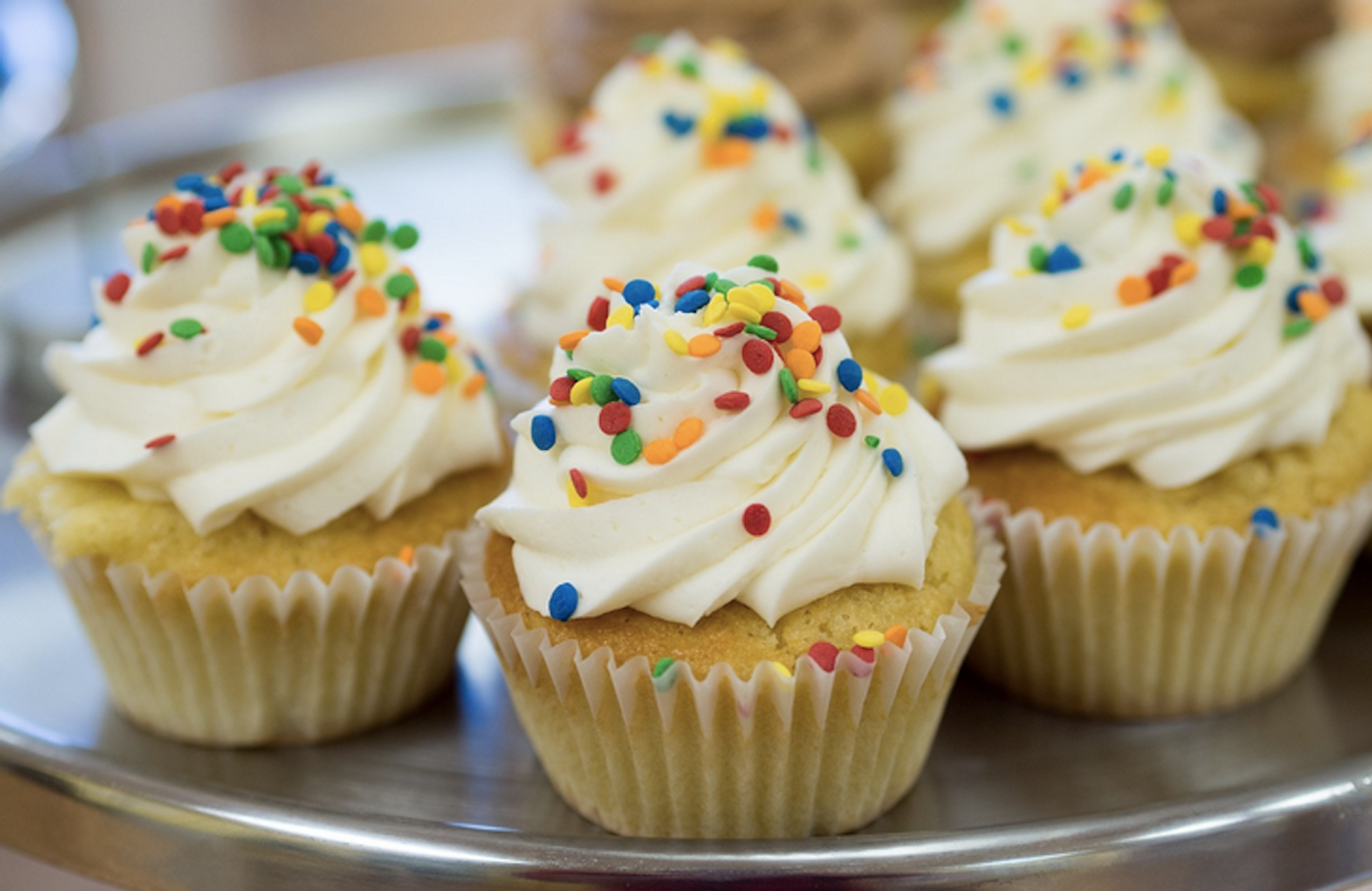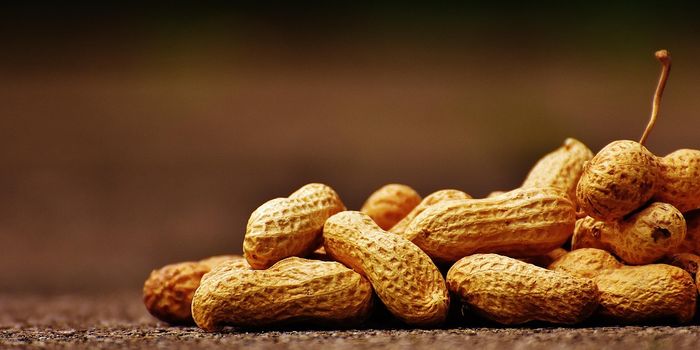Cold Foods Don't Taste as Good, Even to Flies
Cold leftovers are usually not as good as the hot version of the meal. So why does the temperature of food dramatically affect its taste? Researchers wanted to learn more about whether this phenomenon is also true in the fruit fly. Their work has shown that in this model, cooler temperatures can indeed diminish the appeal of sugary foods, even though the neurons sensing sweetness are not affected. They also identified a protein that is involved in this process. The findings have been reported in Current Biology.
"The appeal of food is influenced by more than just chemical composition," said the research leader, UC Santa Barbara Distinguished Professor Craig Montell. "We already know that cool temperatures reduce the delectability of sweetness in humans." The researchers were interested in determining whether temperature affected the appeal of food in animals too.
In fruit flies, one kind of neuron detects sugary tastes, another neuron senses bitter tastes, and there are mechanosensory neurons that gather information about a food's texture. However, the mechanosensory and bitterness neurons both must be activated to detect cool temperatures.
The researchers assessed feeding behaviors in fruit flies at 23 degrees Celsius (73.4 degrees Fahrenheit) and 19 degrees C (66.2 degrees F). Though the neurons that sense sweet tastes were unchanged, the flies were less interested in eating at the lower temperature.
"Since the temperature is not directly affecting the sugar neurons, it must be affecting some other types of cells, which then indirectly affect the propensity to consume sugar," suggested Montell.
Bitter foods stimulate bitter neurons, and hard foods can trigger mechanosensory neurons, both of which tell the fly to stop eating. Cool temperatures affect both, which also stops food consumption.
Montell's lab found that a protein called rhodopsin 6 (Rh6) is not only involved in vision like many rhodopsin proteins, it's also involved in taste. "The bitter neurons express this rhodopsin called Rh6, and if you get rid of it, then cool temperatures no longer suppress the appeal of sugar," Montell explained.
When Rh6 is gone from the bitter neurons, they cannot be activated by low temperatures. Flies engineered to lack Rh6 cannot tell a sweet food is cold, and so are still just as interested in sweet foods when they are cold.
"The surprise was finding that it was really the other neurons, not the sugar neurons, whose activity went up," Montell said, "and that the cool activation of other neurons was indirectly suppressing the sugar neurons."
Montell suggested that flies may avoid food when it's not warm because of their metabolism. Cold food takes longer to digest and is better for slower metabolisms. Cold food would make a slow fly. Fly development can also be affected by temperature; it takes longer for flies to reach adulthood when it's cold.
"Everything is just slowed down," Montell said, "and that's why feeding is reduced. You don't want to eat the same amount when your metabolism is slowed down."
The authors noted that while fruit flies and humans are both less interested in cold foods, the cellular mechanisms underlying the changing appeal are different.
Now the researchers want to learn more about how food is affected by particle size or texture. Montell noted that fresh and refrozen ice cream, for example, tastes very differently. Another example used in the study is how much sugar's appeal changes according to whether it's in the form of hard granules, or soft cotton candy.
Sources: Phys.org via University of California - Santa Barbara, Current Biology









